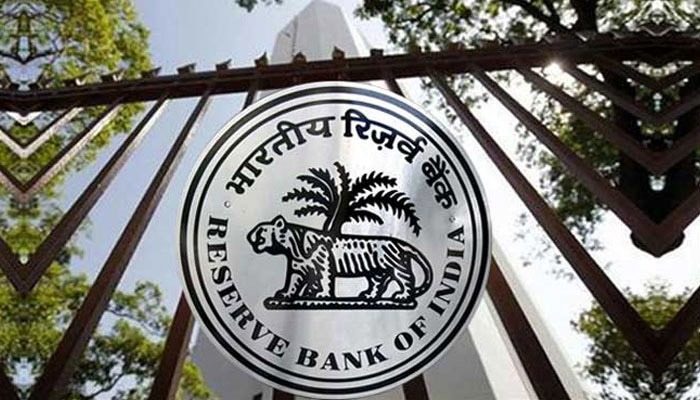Recently, RBI recommended that the floating rates on personal, home, auto and micro small and medium (MSME) loans should be linked to external benchmarks. The main aim is to improve transparency in rate setting by lenders.
The benchmark rate usually works in sync with external rates and the cost of funds of the banks. Benchmark rates are one of the key parameters for financial institutions to decide on the interest on a loan.
The RBI proposed to the use of external benchmark rates such as treasury bill rate, certificate of deposit rate and repo rate to make transmission faster.
In order to ensure transparency, standardisation, and ease of understanding of loan products by borrowers, a bank must adopt a uniform external benchmark within a loan category.
State Bank of India (SBI), has already announced that it will be linking its savings deposits rates and short term loans rate to the RBI’s repo rate.
RBI held discussions with the stakeholders regarding the management of interest rates and time required for IT system upgrade.
However, no such date has been committed for implementation on the new system aimed at ensuring greater transparency in fixation of interest rates on personal and MSME loans.
With such amendment, home and personal loan borrowers will now be at par with big corporates as the interest rates charged on borrowers will be in tandem with global practices.





